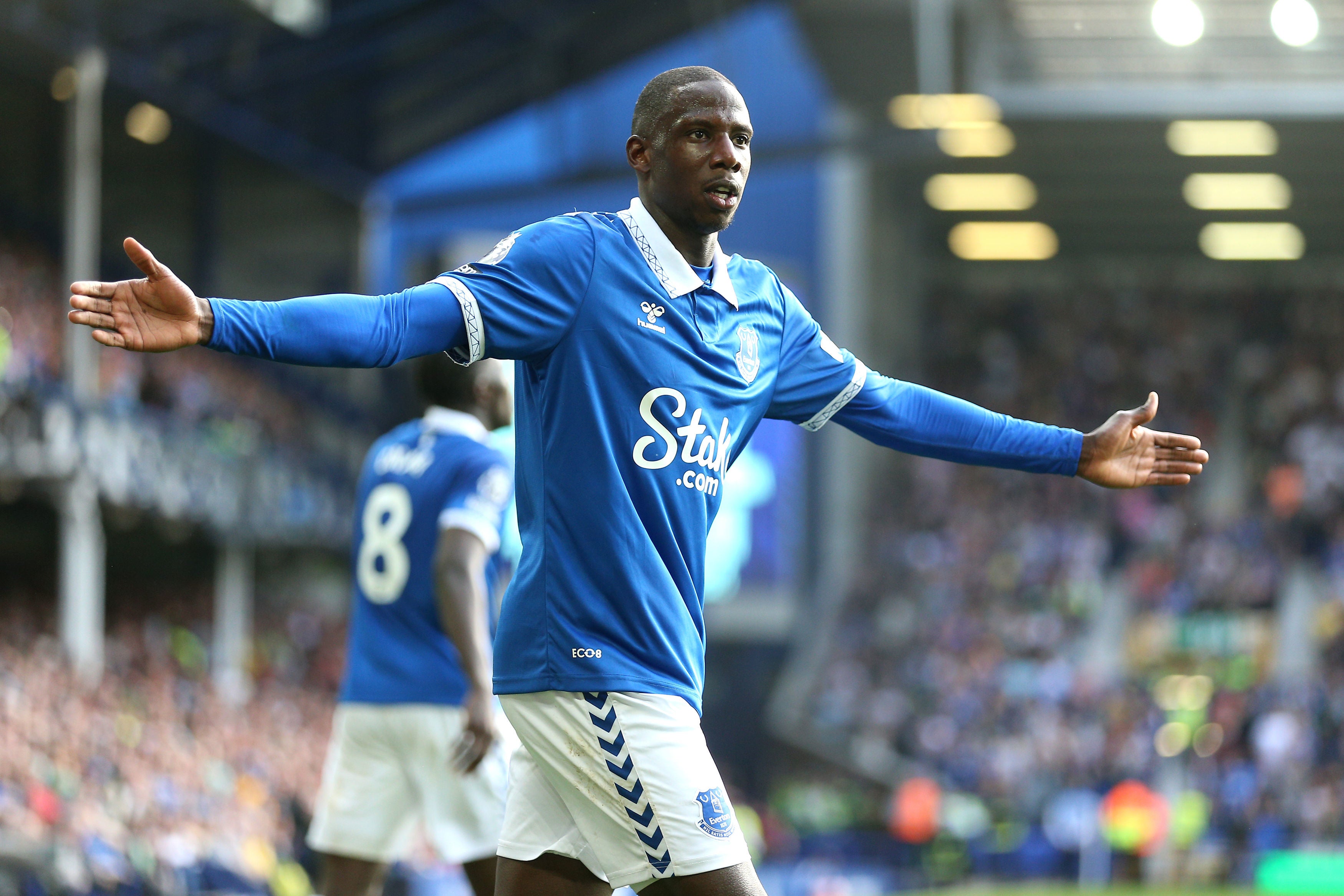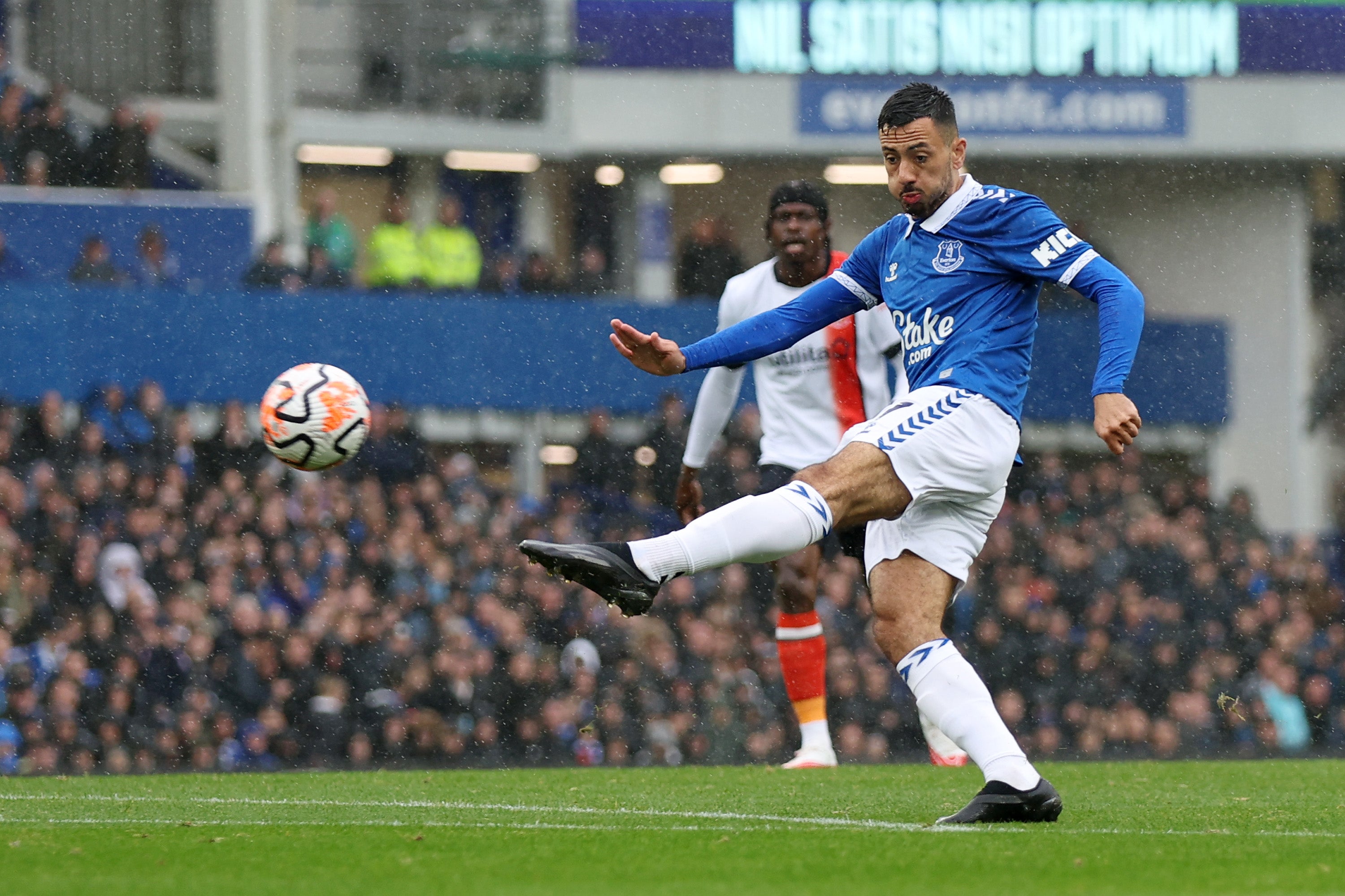How Sean Dyche turned Everton into a better attacking team than Liverpool
Ahead of the Merseyside derby on Saturday, the stats only point one way

Your support helps us to tell the story
From reproductive rights to climate change to Big Tech, The Independent is on the ground when the story is developing. Whether it's investigating the financials of Elon Musk's pro-Trump PAC or producing our latest documentary, 'The A Word', which shines a light on the American women fighting for reproductive rights, we know how important it is to parse out the facts from the messaging.
At such a critical moment in US history, we need reporters on the ground. Your donation allows us to keep sending journalists to speak to both sides of the story.
The Independent is trusted by Americans across the entire political spectrum. And unlike many other quality news outlets, we choose not to lock Americans out of our reporting and analysis with paywalls. We believe quality journalism should be available to everyone, paid for by those who can afford it.
Your support makes all the difference.The Merseyside derby features the side second only to Tottenham in the table. Not Liverpool, and not the standings that matter most. But in the shot charts, Everton, with 133, are behind only the actual league leaders. They have a higher expected goals in league football this season than Manchester City. They average more shots per match than Barcelona.
An early-season anomaly or is Sean Dyche a born-again entertainer and Dycheball football’s newest great attacking philosophy? If logic dictates that the answer veers towards the former – after all, at this stage of last season, Frank Lampard’s Everton had the Premier League’s best defensive record – Dyche has had a point during the post-match interviews where he has repeated a mantra about the number and quality of chances his side have generated.
They were camouflaged in part by the low conversion rate, by the meagre tally of nine goals, by the fact Everton did not score in their first three league games and, for the first time in their history, they lost their opening three at Goodison Park without finding the net.
There is a case for arguing that if Everton had been better at finishing, they would have required fewer shots: take a comfortable lead early and they might not have had 19 efforts against Fulham or 15 versus Wolves, each in 1-0 defeats at Goodison Park, or 23 at home to Luton, also in a loss.
And yet there is something remarkable in a Dyche team lacking too much obvious creativity generating such statistics: he is the manager who took Burnley to seventh in the Premier League while averaging under a goal a game and in a season when only four clubs had fewer shots. At Turf Moor, Dyche was a byword for 4-4-2: at Goodison Park, he has tended to play 4-4-1-1 and perhaps that shift has helped generate more opportunities.
Everton’s reinvention as the expected goals Wunderteam stems in part from Dyche’s chosen No 10: perhaps, given his emphasis on physicality, it is typical he has a runner rather than a flair player in the role. And yet Everton have excelled at getting Abdoulaye Doucoure into scoring positions. He has (on Understat’s model) the third highest non-penalty xG in the division, bettered only by Erling Haaland and Alexander Isak, at 4.87. It has only brought the Malian three goals but it is notable his average shot distance is just 11.5 yards. By comparison, Haaland’s is 11.3; these are the statistics of men who shoot from close range, who get good chances.
Injuries have meant several Everton players have had abbreviated campaigns so a sample size becomes even smaller; yet it is notable how several players have a high xG per 90 minutes on the pitch: Dominic Calvert-Lewin (0.92), Doucoure (0.64), Beto (0.62), Arnaut Danjuma (0.60) and Jack Harrison (0.44). Neal Maupay’s tally was 1.38 before he left for Brentford, in part because he missed all those chances. Beto is yet to score a league goal but the shot-happy signing has had a nuisance value.

That many of the chances originate from the flanks, from crossing and from set-pieces show a typical method of attacking under Dyche; he has rarely had a midfield playmaker. Everton rank second only to Luton for crosses this season. Their three most prolific crossers are Ashley Young, James Garner and Dwight McNeil. Harrison’s 0.97 assists per 90 minutes is the most of any player in the division who has played over 100 minutes, albeit just 118. Among those who have played 200 or more, McNeil (0.57 from 371) ranks second only to Mohamed Salah.
Equally, there is a supporting cast: Everton have 12 players with an expected goals per 90 minutes of at least 0.12; that they include all of Dyche’s full-backs is a further sign of his style of play. By way of comparison, only six Everton players last season had had an xA per 90 of 0.12 or more and they included Tom Cannon, who played a mere 15 minutes, and Salomon Rondon, who featured for just 96, plus Alex Iwobi and Demarai Gray, who have both since been sold.
So, in his own way, Dyche has made Everton more creative: with powerful strikers, crossing wingers and his familiar, prosaic feel. His signings has shown a clarity of thought: with a target man, in Beto; a full-back with 71 Premier League assists, in Young; a winger with a high shot volume, in Danjuma; and one who was directly involved in 37 top-flight goals in three seasons at Leeds, in Harrison.

But Everton’s attacking efforts in his reign have revolved around two he inherited, neither particularly potent previously. McNeil and Doucoure kept Everton up last season, each with five goals and two assists in the 18 matches after Dyche took charge.
Thus far this season, each is on course to producing better numbers. And yet they come with a caveat. So far, Everton have had five home games. They have faced two of the current bottom four, in Luton and Bournemouth, and two more in the lower half, in Fulham and Wolves. They are still only 16th and the fixture list gets tougher.
They underperformed their expected goals dramatically last season so the fact they are doing so again does not automatically mean the numbers will even themselves out. They will almost certainly end the season with a lower xG than City and fewer shots per game than Barcelona. But for now, the second lowest scorers last year have been rebranded as the team with the second highest number of shots now. Overworked opposition defenders may not be the only people who are surprised about that.



Join our commenting forum
Join thought-provoking conversations, follow other Independent readers and see their replies
Comments